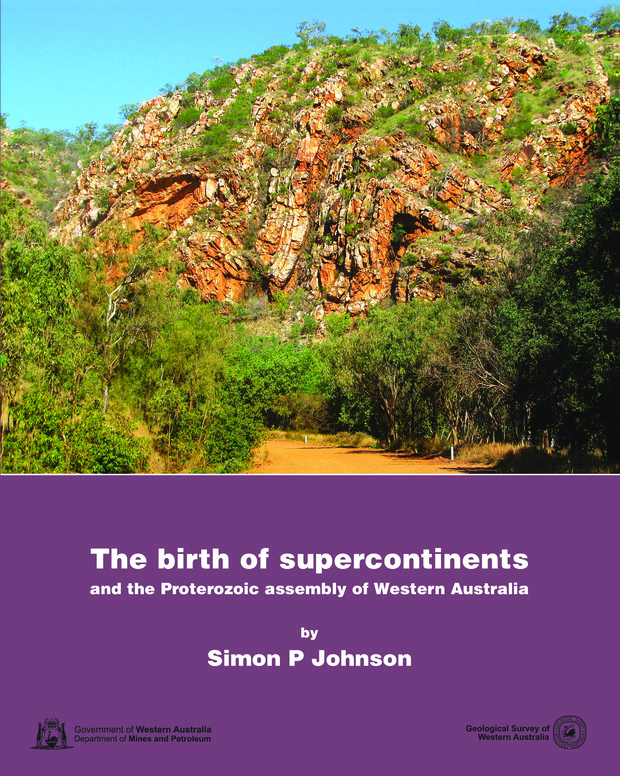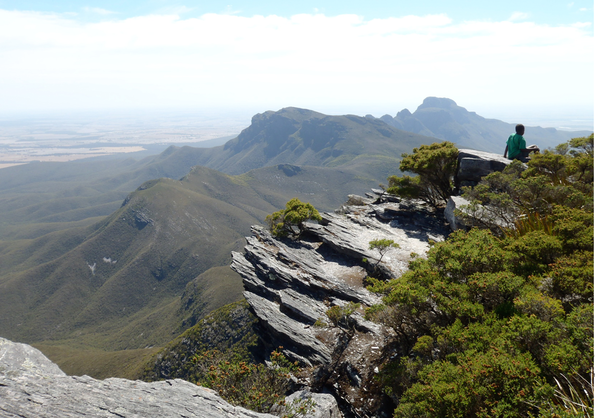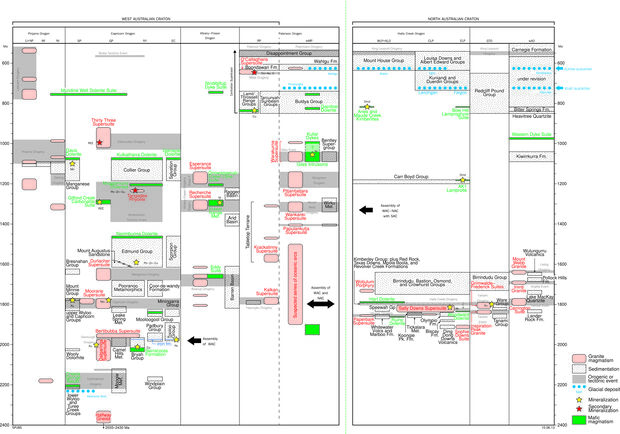The Proterozoic Eon — between 2500 and 541 million years from the present (Ma) — spans nearly two billion years of Earth’s history and represents a time of great change for Earth-systems’ processes. The geology of Western Australia records an almost uninterrupted history of Proterozoic tectonics, including the assembly and dispersal of the Archean cratons into global-scale supercontinents, as well as worldwide glaciations or ‘snowball Earth’ events. By the end of the Proterozoic, Western Australia was starting to take on a familiar outline.


This book is published under the banner of WA Unearthed, a series that progressively chronicles the geological evolution of Western Australia
What is in the book?
The Proterozoic assembly of Western Australia condenses in only 86 pages nearly 2000 million years of geological history for the State, with a breakdown into the following chapters:
- The supercontinent cycle in relation to Australia
- The construction of Nuna (2500–1700 Ma)
- A stable supercontinent? (1700–1400 Ma)
- The demise of Nuna? (1400–1150 Ma)
- The assembly, stabilization, and break-up of Rodinia (1150–750 Ma)
- Growing Gondwana: the heart of a supercontinent (570–500 Ma)
The Proterozoic events of Western Australia are synthetized in a time-space plot, and a cladogram illustrates the assembly history of the Australian cratonic blocks. The book is full of colourful photos and illustrative figures. It has interesting pull-out boxes with simple explanations and many detailed maps of Western Australia.
How to access the book
To buy a hardcopy of The birth of supercontinents and the Proterozoic assembly of Western Australia by Simon P Johnson, please email bookshop@dmirs.wa.gov.au. You can also download a free PDF from the link below.
The birth of supercontinents and the Proterozoic assembly of Western Australia


